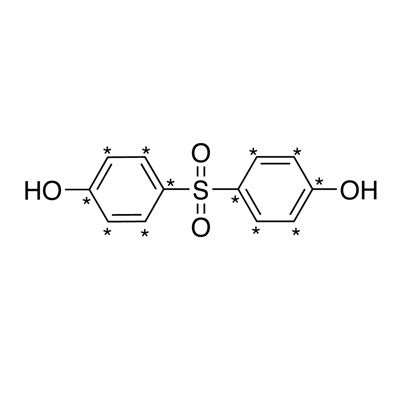Table of Contents
The Office of Environmental Health Hazard Assessment (OEHHA) has officially added bisphenol S (BPS) to California's Proposition 65 list. This decision, which takes effect on December 29, 2023, categorizes BPS as a reproductive toxicant, with a particular emphasis on the female reproductive endpoint.

Proposition 65, officially known as the Safe Drinking Water and Toxic Enforcement Act of 1986, serves as a comprehensive guide identifying chemicals known to the State of California to cause reproductive toxicity. The addition of BPS to this list is the result of a thorough determination by the Developmental and Reproductive Toxicant Identification Committee (DARTIC), which acts as the "state's qualified experts." DARTIC's conclusion, based on scientifically valid testing according to generally accepted principles, asserts that BPS has been clearly shown to cause female reproductive toxicity.
BPS: A Chemical of Concern
BPS is a chemical commonly utilized in the production of certain plastics, and consumer products and is a prevalent component in hard plastics and synthetic fibers for clothing. The decision to include BPS in Proposition 65 underscores concerns about potential risks associated with exposure to this substance, particularly about female reproductive health.
Comparisons to Bisphenol A (BPA) and Historical Context
BPS shares similarities with bisphenol A (BPA), which was added to the Proposition 65 list in 2015 for its links to female reproductive toxicity. Both BPA and BPS are commonly found in items such as food cans, beverage containers, toys, and various other consumer goods. The listing of BPS draws parallels to the regulatory actions that followed the inclusion of BPA, prompting industry-wide responses and heightened awareness of compliance obligations.
Industry Response and Compliance Considerations
The decision to include BPS in Proposition 65 comes with a grace period for businesses and consumers. The warning requirement for significant exposures to BPS is set to take effect on December 29, 2024. This gives businesses time to get used to the new rules and take the appropriate safety measures.
Due to the litigious nature of Proposition 65 enforcers, businesses putting their products on the California market are advised to check for potential BPS exposure. One aspect of this is whether BPS is used in easily accessible finished product components. Industry history of BPA listing and subsequent litigation serves as a reminder to take proactive measures to ensure compliance with regulatory requirements.
Conclusion
California has demonstrated its commitment to public health protection by including bisphenol S on the Proposition 65 list. Industry stakeholders are expected to keep track of any new directives from OEHHA, which could include safe harbor thresholds or Safe Use Determinations (SUDs) for BPS, as companies and customers get ready for the impending warning obligations. In order to navigate the constantly changing world of chemical regulations and protect public health, it is imperative that products be proactively assessed and compliance measures taken.
